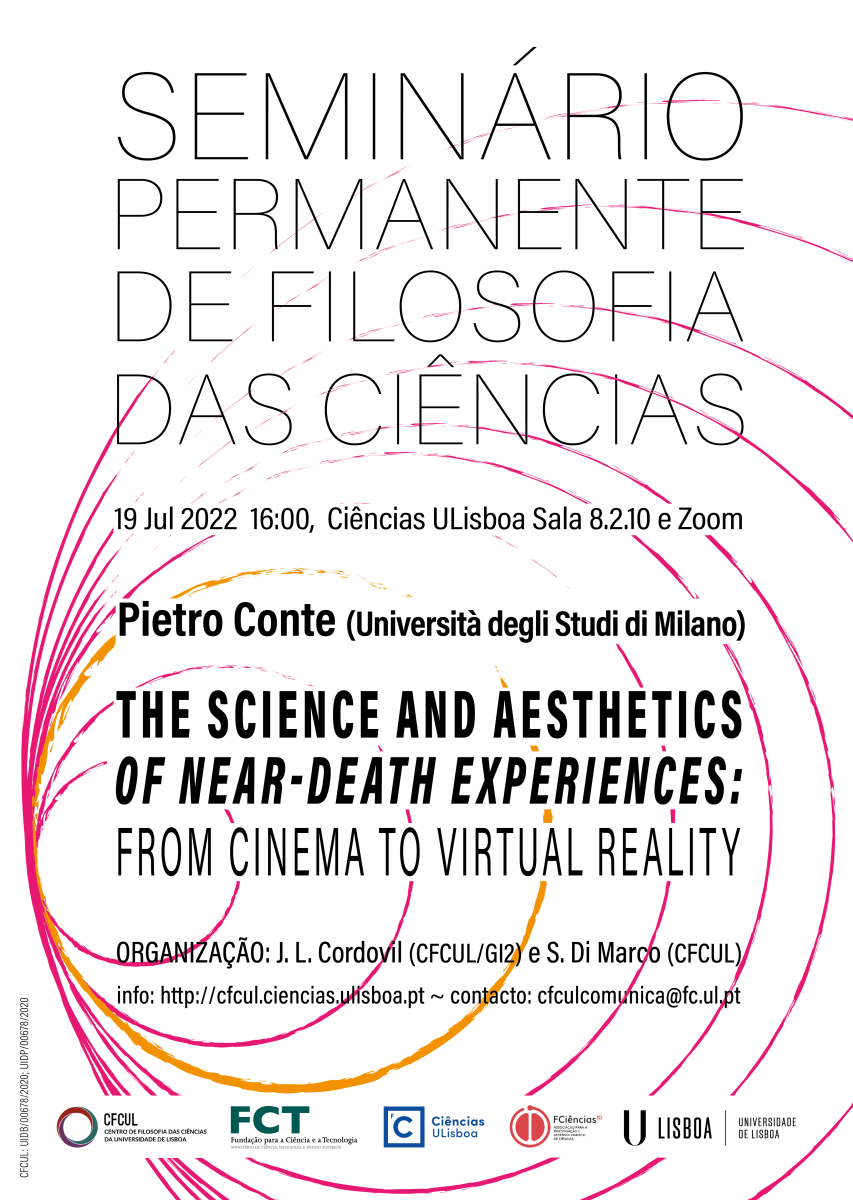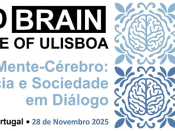Por Pietro Conte (Università degli Studi di Milano).
Recent years have witnessed an upsurge in the (mis)use of rhetorical strategies aimed to pass off virtual reality as “the ultimate empathy machine”, as Chris Milk famously dubbed it. By providing a 360° multisensory experience where the traditional spectator of both static and moving images turns into the explorer and, in a way, even the producer of a digital environment, immersive virtual realities would offer everything that older media, and especially cinema, cannot.
And yet, in spite of this narrative often exploited by industry as a form of propaganda, the close link between cinema and virtual reality continues to play a crucial role in the contemporary iconoscape, and in some cases it may well be conceived of as a veritable remediation. After analysing the main issues around which the debate on the relationship between the two media revolves, I intend to focus on the example of so-called out-of-body (and, more precisely, near-death) experiences. A description will be given of the different ways in which cinema and virtual reality make these experiences visible, with special attention to how the traditional immersive dispositive of first-person perspective has been remediated through immersive environments.
Transmissão via Zoom (pw: 621679).





















